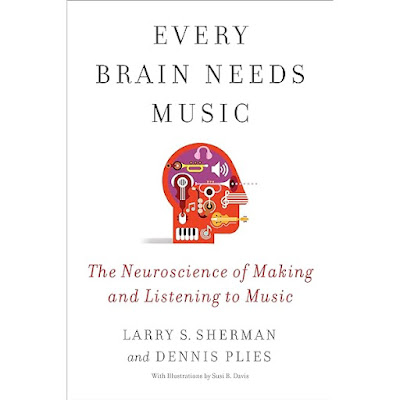https://procomm.ieee.org/technical-scientific-engineering-writing/

Steven Weinberg: A Life in Physics
Steven Weinberg. New York, NY: Cambridge University Press. 2025. 264 pages.
Index terms — cosmology, theoretical physics
Reviewed by Julie Kinyoun (jjshamon@gmail.com)
To an outside observer, the world of physics might seem mathematical, complex, dry, and dull. That view will quickly change upon reading Steven Weinberg’s memoir of his early education, research in quantum physics, committee work on military defense, and his political advocacy for the Superconducting Super Collider. Interspersed in his description of this period of his life are his anecdotal observations about people, places, and events that are unique to his perspective as a physicist. He also includes in this memoir his witty and ironic side observations that show an astute sense of humor. It is only unfortunate that he passed away shortly after writing this first installment of his life, missing the last twenty plus years before his death in 2021. Thus, this volume was compiled and finished by his wife and other experts; she/they added editorial final touches and photos, where appropriate.
Among other early influencing factors in his decision to study physics as a career was a book about Robert Oppenheimer, Los Alamos atom-bomb scientist, in which Weinberg realized that Oppenheimer was a well-rounded man as well as an accomplished physicist. “I saw that you didn’t have to renounce the world when you took on the vocation of theoretical physics” (p 5.)
Somewhere in Weinstein’s work teaching general relativity and struggling with questions in quantum mechanics, he started writing up his course notes for textbooks first geared for scientists and then later for laypeople. He also became involved in work advising the United States government on issues related to military defense.
He humbly suggested that his invitation to join the JASON group of defense consultants was due to his existing security clearance (given to all employees at his work) and his residence in Berkeley, California, but it is obvious that the overarching reason for his involvement was his academic background and qualifications. He stayed part of this group for about ten years advising different administrations on issues like submarine warfare, methods to block supplies for the Vietnam War, and strategic balance with the Soviets.
In the fall of 1967, he completed the work that would later earn him the 1979 Nobel Prize in physics. Ironically what eventually led him to his Nobel Prize winning discovery was his realization that “I was working on the wrong problem” (p. 99). Ultimately, he compiled a theory of elementary particles that turned out to be the “key to formulation of the modern Standard Model of elementary particles and would gain me the Nobel Prize” (p. 99).
His complex theory is best summarized by this statement, given as the introductory remark for his physics talk at the Royal Swedish Academy of Sciences, two days before he accepted the Nobel Prize. “Our task in physics is to see things simply, to understand a great many complicated things in a unified way, in terms of a few simple principles” (p. 168). He then explained that the Standard Model can be “seen as a consequence of the symmetries of the theory, together with the requirements of simplicity that is necessary for infinities to be eliminated by renormalization of a limited number of numerical constants, including masses and couplings” (p. 168).
In the 1980s and 1990s, Weinberg was heavily involved in the unsuccessful attempt to build a high energy particle accelerator in the United States that would confirm some of the predictions of the Standard Model and answer other questions about dark matter, signs of super symmetry, or other unexpected results. The project was successful in obtaining initial support from politicians and even spent about a billion dollars on digging a tunnel in Texas and preparing magnets. Congress pulled the funding in favor of other scientific projects. Weinberg diplomatically explains his disappointment with the events leading up to the project’s demise, but even with his polite excuses for the failings of it, he is obviously dismayed and a bit concerned about the future of physics research in the United States. “As an American, I am sorry nevertheless to see that our country is no longer in the forefront of experimental research on elementary particles. One consequence is that American students will either not work on experimental high-energy physics or, if they do, will tend to study and work abroad….The good theorists were here for our country when the national defense required them to be at Los Alamos. Will they be here, or abroad, should the national defense again have need of them?” (p. 226).
Throughout the book, Weinberg reflects on many fulfilling personal relationships both in physics and in his social life. A notable one that seems to cross into both arenas is with his wife who was truly his companion, both socially and professionally. Although she appears in his memoir throughout the entirety of the book, he comments specifically on a professional contribution she made early to his career. “At this time, Louise literally saved my life….She advised me to have nothing further to do with Bernie’s world, if I wanted to get anything done in physics” (p. 112).
This memoir, a review of the life and work of Steven Weinberg, is not only a review of twentieth-century physics and its struggles, triumphs and discoveries, it is a work that reflects a man of humility, integrity, fierce hard work, and struggle to discover the mystery of life through the study of physics.





